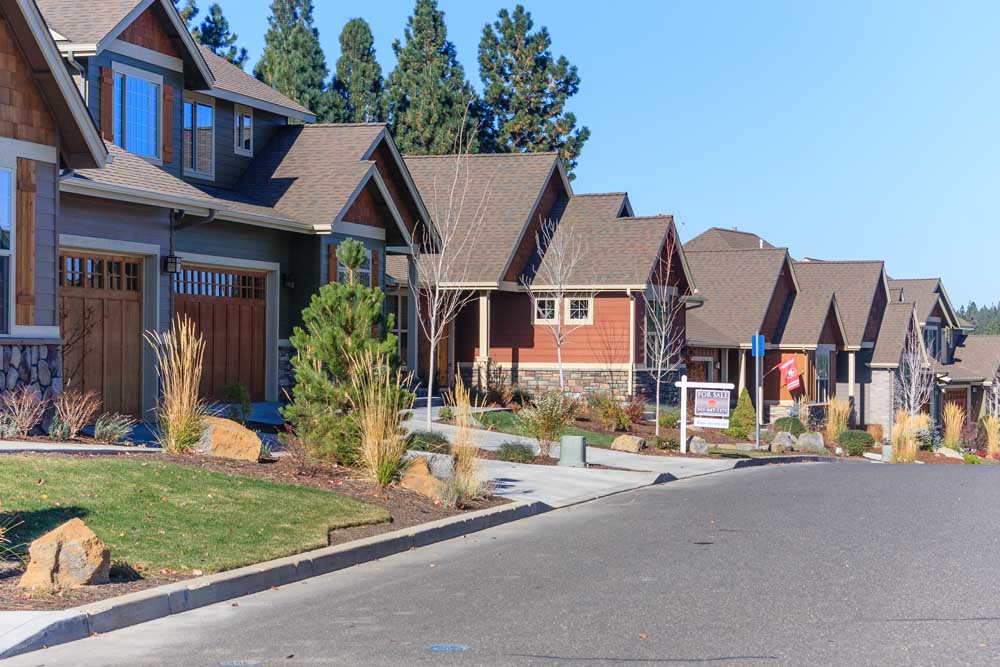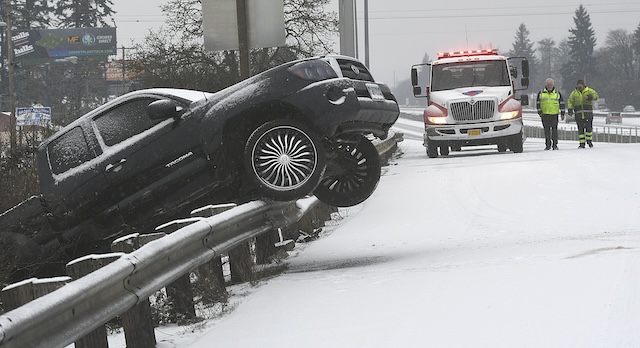Real Estate
Published 12:00 am Saturday, February 20, 2016

- Real Estate
Real estate is cyclical. Prices rise and fall, and the number of sales increase and decrease in cycles. This is a result of many factors including the world economy, interest rates, the condition of the stock market, the economy, consumer confidence, etc. Trying to predict accurately when the right factors will come together to generate a boom or bust real estate market is nearly impossible to do, but there are indicators that help give us some idea of what may be coming.
The last decline in the market in 2006 was so drastic that it was dubbed a “bubble,” likely because the real estate market seemed to deflate suddenly like a bubble that was popped. There were a number of factors in place that caused that particular decline to be more severe than most, and a primary factor was the lending practices at the time which allowed nearly anyone who fogged a mirror to obtain a mortgage loan. People were in over their heads from the day they closed escrow, and when the economy and jobs declined and prices fell they simply couldn’t continue to make their mortgage payments. So in addition to prices going down, we saw people walking away from their homes at record levels, which created additional economic chaos.
If you look at the chart included here you can see that real estate prices in Bend are following a very similar pattern to what happened before the so-called “bubble.”
Are we headed down the same road again?
The best predictors of what is to come lie in looking at the trends that occurred in the past. Real estate historically runs on a six- to eight- year up cycle between down cycles. Our market in Central Oregon began a slow recovery in 2011. Most of us, however, didn’t recognize it until 2012 because we can’t tell when we’re at the high or low point in the market until it’s in the past.
If the market began recovering in 2011, then history tells us we will see the next shift in the market in the next year or two (six to eight years from the beginning of the recovery). There are some indicators we can rely on in recognizing that a decline is coming. These include inventory of available properties increasing, multiple offers decreasing, and the length of time it takes to sell increasing.
Are we seeing any of those things occurring today?
Right now inventory throughout Central Oregon is at an all-time low. There is less than three months of inventory in most price ranges and less than two in others. We are still seeing plenty of multiple offers, and average time to sell remains very low. So no predictors of a downward shift are apparent in most price ranges and housing sales are still very strong. In the higher price ranges (more than $700,000) we are beginning to see some of the negative indicators I mentioned above: more price reductions, longer time on the market and less multiple offers. Perhaps these are the first signs of the next shift. It will take some time to know for sure.
What will keep the next shift from being as substantial as the last? What will prevent another bubble effect?
We’re smarter today than we were 10 years ago, and so are the lenders. We don’t tend to overextend ourselves like we were willing to do then. Getting a mortgage loan in today’s market is much more challenging and loans are only available to those who actually qualify, those people who have a real, verifiable income and who can continue to make their payments. We also have some factors unique to Central Oregon that will likely have a positive impact our real estate market. These include the availability (or lack thereof) of buildable land, and the impact a 4-year university will have on our economy and housing market. Factor in the expected population increase as a result of the college and the delay in obtaining buildable land and we could come through the next housing shift in Central Oregon better than expected. Housing prices are driven by demand, and when the population increases and available housing doesn’t, well, even when the market shifts, we’re more likely to see a leveling off of pricing versus a steep decline.
We probably will not look back on the next real estate market shift as another bubble that burst, but rather as an inevitability in what will forever be a cyclical market. My advice is to try not to spend too much time worrying about whether we’re in a boom or bust, a bubble or stable market, but instead make good real estate buying and selling decisions based on what makes sense for you, your family and your lifestyle.








